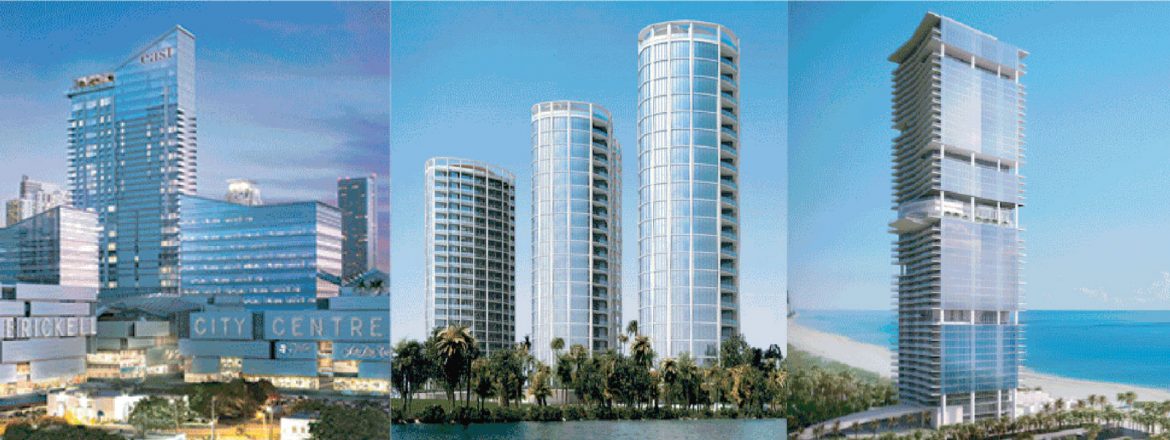
In Miami Beach, where housing costs have skyrocketed since the COVID-19 pandemic and affordable units are scarce, a struggling nonprofit that controls more than a dozen low-income and elderly housing properties will turn over its entire portfolio to Miami-Dade County in hopes of keeping the buildings affordable.
Under a deal approved by the Miami-Dade Board of County Commissioners last week, the Miami Beach Community Development Corporation will transfer ownership of its 16 buildings, totaling 357 income-restricted units, to the county, which manages thousands of affordable units countywide.
The county will take on the nonprofit’s debt and set aside nearly $13 million for improvements to the buildings, which have faced sanitation and maintenance complaints in the past but seen only limited upgrades as the nonprofit has dealt with financial woes. The group’s portfolio includes 14 buildings in Miami Beach and two in the city of Miami, all of which will be legally transferred to the county by the end of this year.
As part of the arrangement, the county has agreed to maintain the buildings at their current levels of affordability. More than half of the tenants make less than $10,000 per year, according to the nonprofit, and more than 80% are elderly or disabled.
“It is a huge relief to know that the hundreds of residents living in these affordable buildings no longer need to worry about losing their homes in the midst of an affordable housing crisis,” County Commissioner Eileen Higgins, whose district includes part of Miami Beach, said in a statement. “When I met with the residents to tell them the news last week, they too were relieved.”
It’s a change years in the making.
In 2013, Miami Beach reviewed the organization’s finances and found serious irregularities, including evidence funds had been spent on unauthorized or ineligible activities. The executive director resigned, two city officials quit and a third was fired. Miami Beach was left on the hook for the misspent funds and negotiated a more than $1 million settlement with the U.S. Department of Housing and Urban Development.
After the scandal, the nonprofit stopped receiving government subsidies. It began offloading some assets to make ends meet — subtracting from, instead of adding to, the city’s affordable housing stock. Miami Beach took over five of its properties, and the group also sold some of its units at market rate. In 2018, the nonprofit transferred ownership of Madison Apartments, an affordable housing building in South Beach, to the county.
The group tried to maintain control of its remaining properties, despite pressure from county officials. But ultimately, its leaders conceded the buildings and their residents would be better off under county control.
“We had exhausted all other options,” said Cristian Arango, the Community Development Corporation’s chief of operations and lone remaining staffer.
“What really matters is the tenants and fighting off gentrification in Miami Beach.” Miami Beach has repeatedly fallen short of its affordable housing goals. The city has about 2,000 units of income-restricted, subsidized housing, records show, shy of a 6,800-unit benchmark it set in 2017.
Arango said the loss of government funding, along with a failure to anticipate rising utilities and property insurance costs, contributed to the nonprofit’s limited ability to make a dent in the problem in recent years.
“You’re already running a building with very thin margins because your rents are so low,” Arango said. “Someone has to absorb additional costs, especially for rehabilitation projects.”
The Community Development Corporation will no longer own or manage affordable housing, though it’s not clear if it will cease to exist. The group will receive $350,000 plus closing costs from the county for the sale of two of its buildings, money Arango said will be put toward the community in a way that has yet to be decided.
Source: Miami Herald

